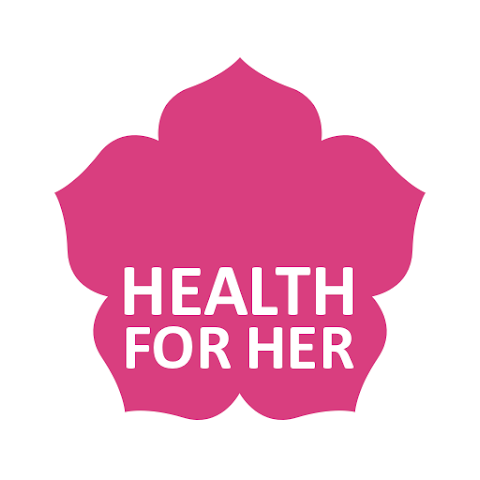Seeing the words ‘breastfeeding’ and ‘problems’ in the same sentence can be both surprising and daunting. Breastfeeding is something that has been widely touted for its amazing benefits for both mother and baby. But to ensure that its potential is harnessed to the fullest, it is important to see to it that the whole experience is problem and stress free. Be it incorrect latching, infections to sore nipples, there can be a number of concerns and these can happen right after birth or probably even continue as long as the baby breastfeeds.
Most breastfeeding problems though bothersome are manageable so it is crucial that these are addressed at the earliest. Early breastfeeding cessation can be bad for the mother and baby’s long-term health. So, get the advice of a doctor or lactation consultant to sort breastfeeding problems out before it can turn into a nightmare. Some commonly seen breastfeeding problems could be;
Latching issues – When the latching is not proper it can be extremely painful for the mother to go through with the feeding. Cracked or sore nipples, breast engorgement, clicking noises while feeding, fussy behavior, and refusal to feed may signify latching failure. Successful latching starts with the right positioning of baby and the breast.
Sore or cracked nipples – Some causes of this are improper latching, nipple biting, oral thrush or tight bra. When not dealt with sooner there could even be bleeding. There are nipple shields or nipple ointments to help manage the condition.
Inverted or flat nipples – In some cases such nipples can make it difficult for the baby to latch on properly and feed. Trying out different feeding positions to make it easy for the baby or trying the rooting reflex can help.
Low milk supply – Breasts feeling soft, the baby feeding often, or feeding for a longer duration in every session may indicate that the milk supply is not enough. Use a breast pump or massage breasts to promote milk supply and maintain adequate hydration to ensure a healthy milk flow.
Hyperlactation – When the milk production is too excessive than this can lead to leaking breasts, plugged milk ducts, breast engorgement, and mastitis. Too much milk at once, have the risk of gagging and choking during feeding. Hand or pump expression of breast milk is can help to remove excess milk from the breast until milk flow balance is attained.
Clogged ducts – Happens when the breast doesn’t empty properly due to missing feeding sessions, latching issues, tight clothing, or trauma to the breast. Feeding on the affected breast frequently and gently massaging the breast or applying warm compresses and trying different feeding positions can be helpful.
Nipple blister – Improper latching, hyperlactation, clogging of skin around the nipple, or nipple trauma can lead to this milk bleb. If it gets painful then applying warm compresses around blisters before nursing and frequent feeding to unclog the duct or even applying baby-safe medications or ointments that are prescribed by the doctor can help manage this condition.
For support with your breastfeeding and to understand the right techniques of position and latch, do get in touch with our Certified Lactation Expert. Download Divakars Hospital App through Google Play Store or IOS and call, chat or do video consultation with Dr Payle Biswas Soo, Lactation and Childbirth Consultant



